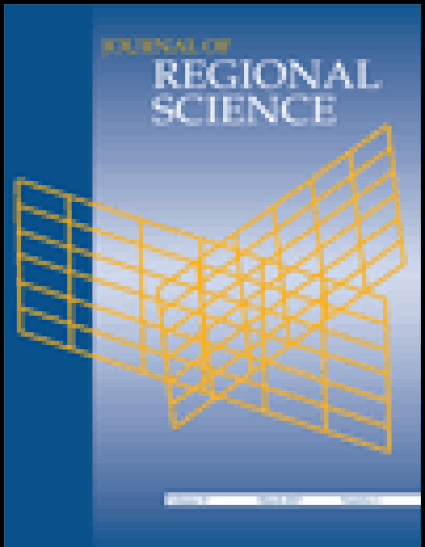
Article
Testing for Spatial Equilibrium Using Happiness Data
Journal of Regional Science
Document Type
Article
Publication Date
3-1-2017
Disciplines
Abstract
Happiness data are rarely used in regional and urban analysis, but it is a prime data set for testing the assumption of spatial equilibrium, the key assumption in the field of urban economics. In this paper, we explore the relationship between regional happiness and one-year lagged change in population growth rates for the nine census regions in the United States using data on reported well-being from National Opinion Research Center's annual General Social Survey. We observe that, while there is evidence of spatial disequilibrium during recessions and in the long run, happier regions generally experience higher population growth rates indicating a movement (or tendency) toward spatial equilibrium.
Citation Information
Frank Goetzke and Samia Islam. "Testing for Spatial Equilibrium Using Happiness Data" Journal of Regional Science (2017) Available at: http://works.bepress.com/samia_islam/12/
